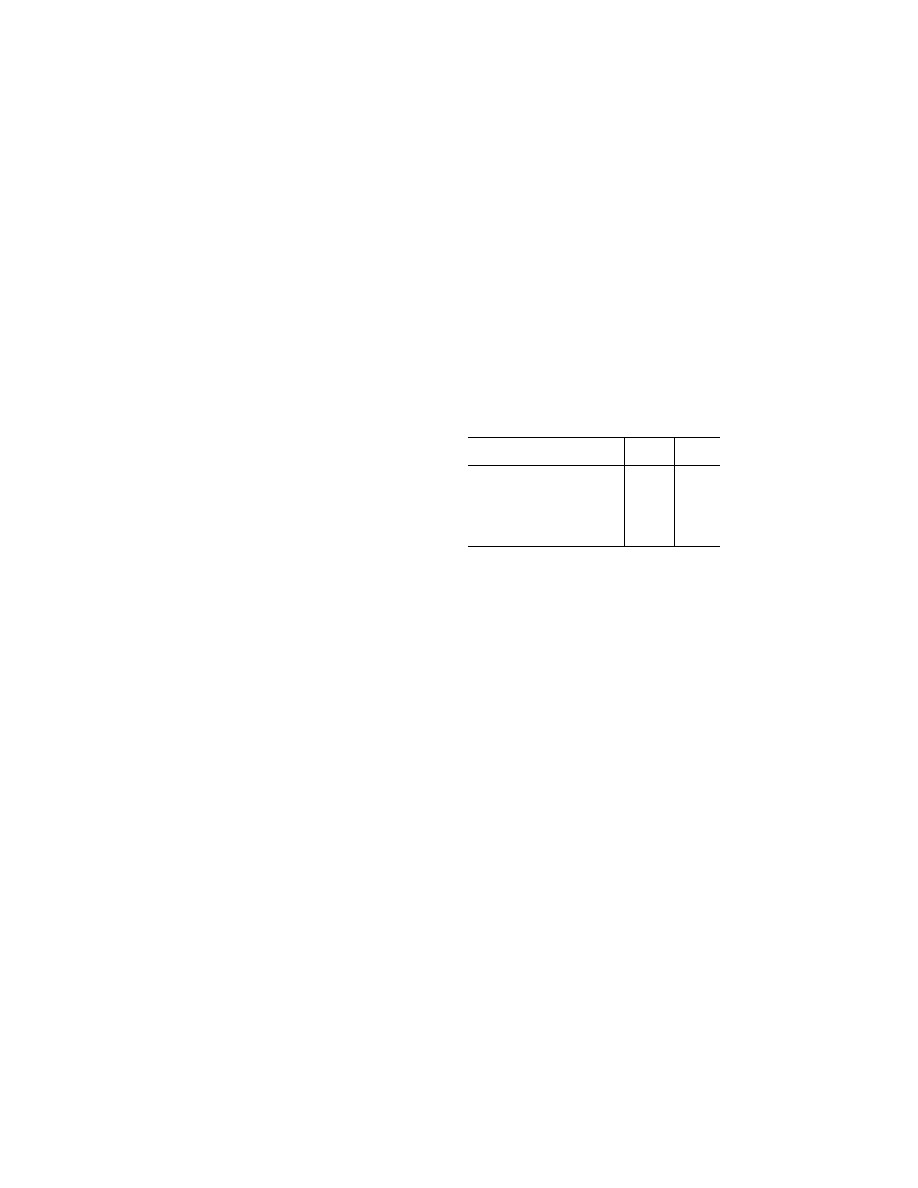
513
Federal Aviation Administration, DOT
§ 25.1435
(f) Be accessible for immediate use
from each of two flight crewmember
stations in the pilot compartment.
(g) For each required floor-level pas-
senger emergency exit which has an ad-
jacent flight attendant seat, have a
microphone which is readily accessible
to the seated flight attendant, except
that one microphone may serve more
than one exit, provided the proximity
of the exits allows unassisted verbal
communication between seated flight
attendants.
[Doc. No. 26003, 58 FR 45229, Aug. 26, 1993, as
amended by Amdt. 25–115, 69 FR 40527, July 2,
2004]
M
ISCELLANEOUS
E
QUIPMENT
§ 25.1431
Electronic equipment.
(a) In showing compliance with
§ 25.1309 (a) and (b) with respect to
radio and electronic equipment and
their installations, critical environ-
mental conditions must be considered.
(b) Radio and electronic equipment
must be supplied with power under the
requirements of § 25.1355(c).
(c) Radio and electronic equipment,
controls, and wiring must be installed
so that operation of any one unit or
system of units will not adversely af-
fect the simultaneous operation of any
other radio or electronic unit, or sys-
tem of units, required by this chapter.
(d) Electronic equipment must be de-
signed and installed such that it does
not cause essential loads to become in-
operative as a result of electrical
power supply transients or transients
from other causes.
[Docket No. 5066, 29 FR 18291, Dec. 24, 1964, as
amended by Amdt. 25–113, 69 FR 12530, Mar.
16, 2004]
§ 25.1433
Vacuum systems.
There must be means, in addition to
the normal pressure relief, to auto-
matically relieve the pressure in the
discharge lines from the vacuum air
pump when the delivery temperature of
the air becomes unsafe.
[Doc. No. 5066, 29 FR 18291, Dec. 24, 1964, as
amended by Amdt. 25–72, 55 FR 29785, July 20,
1990]
§ 25.1435
Hydraulic systems.
(a)
Element design. Each element of
the hydraulic system must be designed
to:
(1) Withstand the proof pressure
without permanent deformation that
would prevent it from performing its
intended functions, and the ultimate
pressure without rupture. The proof
and ultimate pressures are defined in
terms of the design operating pressure
(DOP) as follows:
Element
Proof
(xDOP)
Ultimate
(xDOP)
1. Tubes and fittings. .........................
1.5
3.0
2. Pressure vessels containing gas:
High pressure (e.g., accumula-
tors) .........................................
3.0 4.0
Low pressure (e.g., reservoirs) ..
1.5
3.0
3. Hoses ............................................
2.0
4.0
4. All other elements .........................
1.5
2.0
(2) Withstand, without deformation
that would prevent it from performing
its intended function, the design oper-
ating pressure in combination with
limit structural loads that may be im-
posed;
(3) Withstand, without rupture, the
design operating pressure multiplied by
a factor of 1.5 in combination with ulti-
mate structural load that can reason-
ably occur simultaneously;
(4) Withstand the fatigue effects of
all cyclic pressures, including tran-
sients, and associated externally in-
duced loads, taking into account the
consequences of element failure; and
(5) Perform as intended under all en-
vironmental conditions for which the
airplane is certificated.
(b)
System design. Each hydraulic sys-
tem must:
(1) Have means located at a
flightcrew station to indicate appro-
priate system parameters, if
(i) It performs a function necessary
for continued safe flight and landing;
or
(ii) In the event of hydraulic system
malfunction, corrective action by the
crew to ensure continued safe flight
and landing is necessary;
(2) Have means to ensure that system
pressures, including transient pres-
sures and pressures from fluid volu-
metric changes in elements that are
likely to remain closed long enough for
such changes to occur, are within the
design capabilities of each element,
VerDate Mar<15>2010
10:12 Mar 18, 2014
Jkt 232046
PO 00000
Frm 00523
Fmt 8010
Sfmt 8010
Y:\SGML\232046.XXX
232046
pmangrum on DSK3VPTVN1PROD with CFR